-
Promotion

Alarm Pull Cord - Tactile & Braille Safety Signs
£26.99
£23.39
Supplied in: Single -
Promotion

Toilet (Unisex Symbol) - Tactile & Braille Safety Signs
£22.99
£19.76
Supplied in: Single -
Promotion
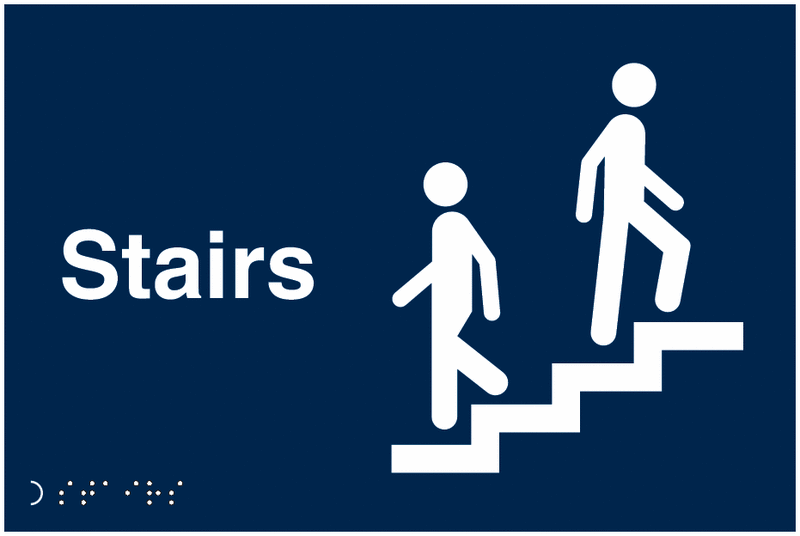
Tactile & Braille Stairs Sign
£26.99
£23.39
Supplied in: Single -
Promotion

Fire Door Keep Shut - Braille Sign
£22.99
£21.03
Supplied in: Single -
Promotion

Disabled Toilet - Braille Sign
£22.99
£19.76
Supplied in: Single -
Promotion

Way In - Tactile & Braille Sign
£26.99
£23.39
Supplied in: Single -
Promotion

Way Out - Tactile & Braille Sign
£26.99
£23.39
Supplied in: Single -
Promotion
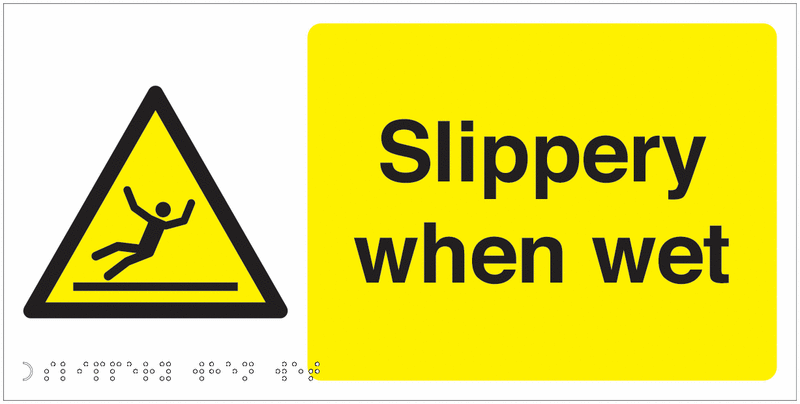
Slippery When Wet Sign - Tactile & Braille
£32.99
£29.66
Supplied in: Single -
Promotion

Please Ring for Assistance - Tactile & Braille Sign
£26.99
£23.39
Supplied in: Single -
Promotion

Mind The Step - Tactile & Braille
£33.99
£29.66
Supplied in: Single -
Promotion

1 - Braille Floor Level Sign
£22.99
£22.75
Supplied in: Single -
Promotion

2 - Braille Floor Level Signs
£22.99
£22.75
Supplied in: Single -
Promotion

Lift - Tactile & Braille Sign
£22.99
£22.75
Supplied in: Single -
Promotion
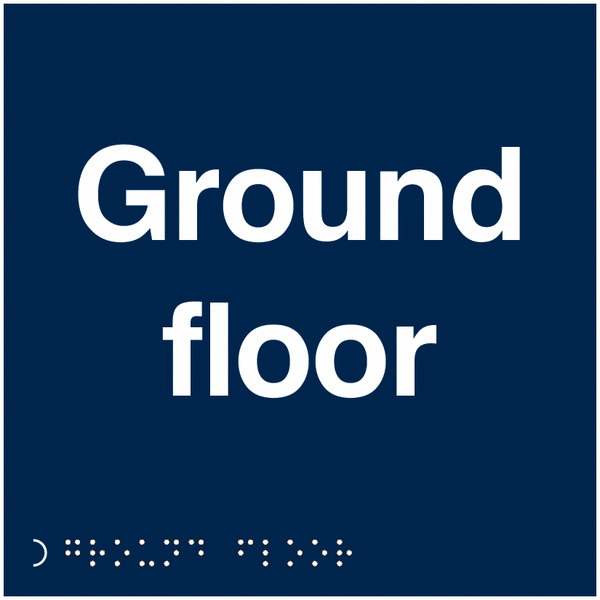
Ground Floor - Tactile & Braille Sign
£22.99
£22.75
Supplied in: Single -
Promotion

Fire Exit Arrow Right - Tactile & Braille Sign
£39.99
£35.09
Supplied in: Single -
Promotion
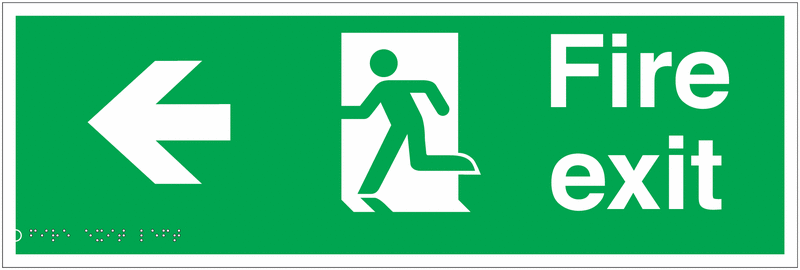
Fire Exit (Arrow Left) - Tactile & Braille Sign
£39.99
£35.09
Supplied in: Single -
Promotion

Female Changing Symbol Tactile Braille Safety Signs
£22.99
£22.75
Supplied in: Single -
Promotion

Tactile & Braille Hearing Aid Loop Symbol Sign
£33.99
£31.55
Supplied in: Single -
Promotion
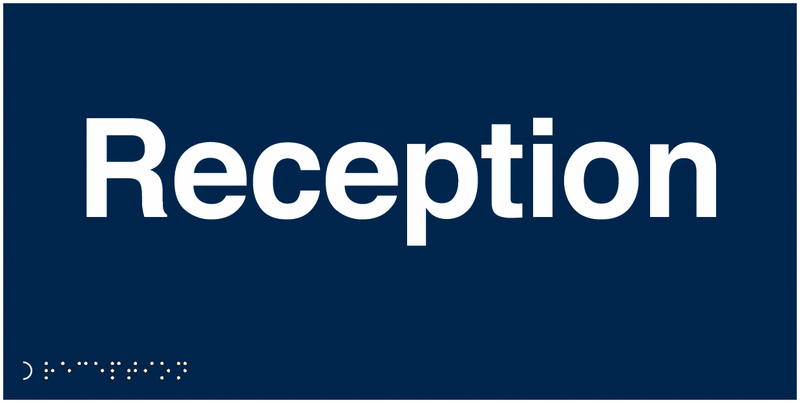
Reception - Tactile & Braille Sign
£26.99
£23.39
Supplied in: Single -
Promotion

Press For Exit - Tactile & Braille Safety Sign
£26.99
£23.39
Supplied in: Single -
Promotion
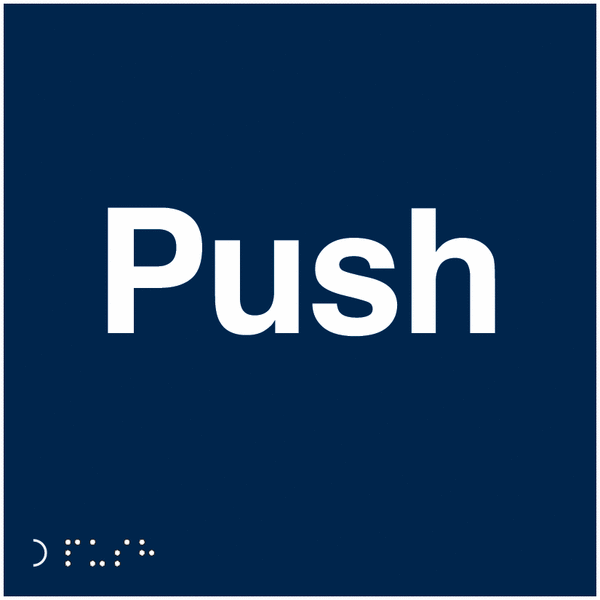
Push - Tactile & Braille Sign
£22.99
£22.75
Supplied in: Single -

Fire Extinguisher (Symbol) Sign - Tactile & Braille
£37.11Supplied in: Single -
Promotion

3 - Braille Floor Level Signs
£22.99
£22.75
Supplied in: Single -
Promotion

4 - Braille Floor Level Signs
£22.99
£22.75
Supplied in: Single -
Promotion

5 - Braille Floor Level Signs
£22.99
£22.75
Supplied in: Single -
Promotion

6 - Braille Floor Level Signs
£22.99
£22.75
Supplied in: Single -
Promotion

7 - Braille Floor Level Sign
£22.99
£22.75
Supplied in: Single -
Promotion

Pull - Tactile & Braille Sign
£22.99
£22.75
Supplied in: Single -
Promotion

Fire Exit Keep Clear - Tactile & Braille Safety Signs
£22.99
£22.28
Supplied in: Single -
Promotion
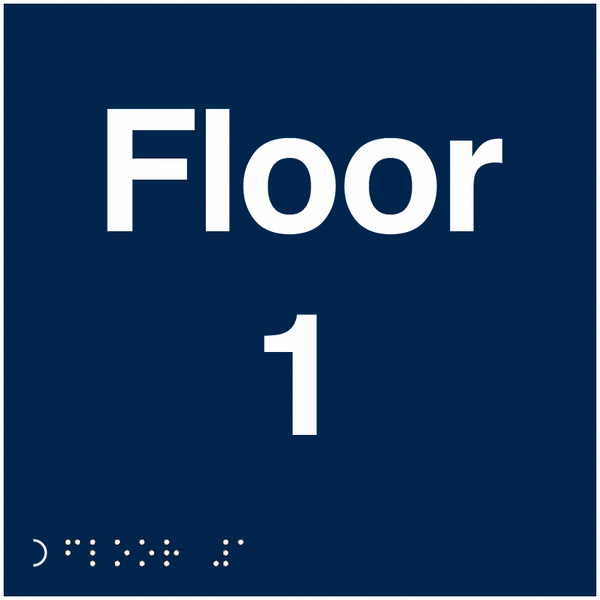
Floor 1 - Braille Safety Sign
£22.99
£22.75
Supplied in: Single -
Promotion

Toilets (Arrow Right) - Tactile & Braille Safety Sign
£26.99
£23.39
Supplied in: Single -
Promotion

8 - Braille Floor Level Signs
£22.99
£22.75
Supplied in: Single -
Promotion

9 - Braille Floor Level Signs
£22.99
£22.75
Supplied in: Single -
Promotion
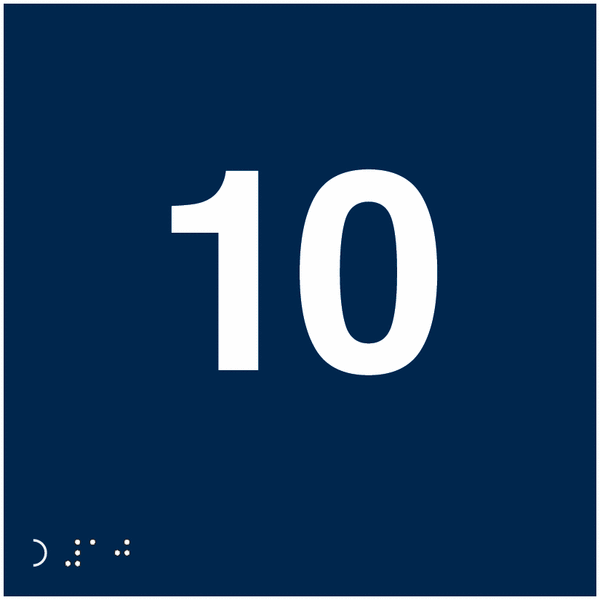
10 - Braille Floor Level Identification Signs
£22.99
£22.75
Supplied in: Single -
Promotion

Men (Symbol) - Tactile & Braille Safety Sign
£22.99
£22.75
Supplied in: Single -
Promotion

Fire Exit (Arrow Up) - Tactile & Braille Safety Signs
£39.99
£35.09
Supplied in: Single -
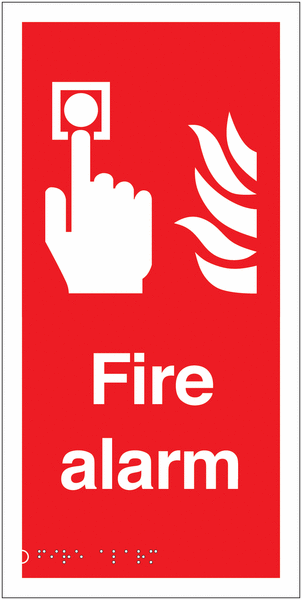
Fire Alarm - Tactile & Braille Safety Signs
£37.11Supplied in: Single -
Promotion

Fire Exit Arrow Diagonal Right/Up Braille Safety Signs
£39.99
£35.09
Supplied in: Single -
Promotion

Fire Exit Arrow Left & Up Tactile Braille Safety Signs
£39.99
£35.09
Supplied in: Single -
Promotion

First Aid - Tactile & Braille Safety Sign
£37.99
£34.89
Supplied in: Single -
Promotion

Fire Exit (Arrow Down) - Tactile & Braille Sign
£39.99
£35.09
Supplied in: Single -
Promotion

Enquiries - Tactile & Braille Sign
£26.99
£23.39
Supplied in: Single -
Promotion

Entrance - Tactile & Braille Sign
£26.99
£23.39
Supplied in: Single -
Promotion

Toilets (Arrow Left) - Tactile & Braille Safety Signs
£26.99
£23.18
Supplied in: Single -
Promotion
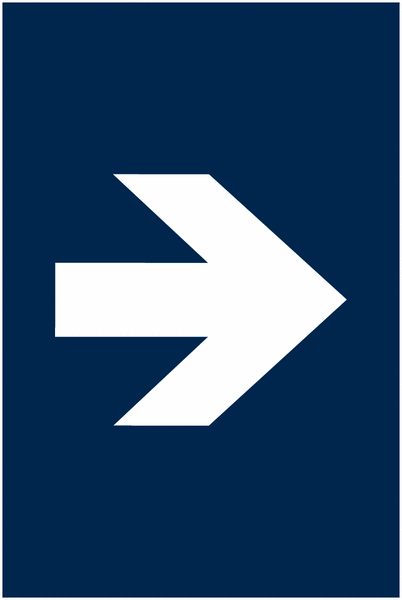
Arrow Symbol (Left/Right) - Tactile Sign
£26.99
£23.39
Supplied in: Single -
Promotion

Fire Exit (Arrow Left & Down) - Tactile & Braille Sign
£39.99
£35.09
Supplied in: Single -
Promotion

Running Man Right/Arrow Diagonal Down Braille Sign
£39.99
£35.09
Supplied in: Single -
Promotion

Fire Exit (Running Man) - Tactile & Braille
£33.99
£29.66
Supplied in: Single -

No Admittance (Symbol) - Tactile & Braille Sign
£37.11Supplied in: Single -

No Smoking (Symbol) - Tactile & Braille Sign
£40.29Supplied in: Single
Tactile & Braille Safety Signs
UK-Approved Braille Signs & Tactile Signs. Fast Delivery
What is braille signage and why is it important? Braille is a tactile system using raised dots, to allow visually impaired people to read with their fingers.
Braille signs including braille office and warehouse signs to help make your business inclusive and provide essential information (for example fire exits, and toilets). Help blind and partially sighted staff and visitors stay safe and informed on site. Seton braille signs feature smooth contoured lettering and pictograms, as well as a patented locating ring. Trust your tactile signs to the UK signage experts - Seton.

Expert Information
The Importance of Braille Signage
Catering for visually-impaired employees, visitors or members of the public is an important part of creating an inclusive space, and can go a long way to ensuring that your business or organisation is meeting the legal requirements for health and safety signage in a non-discriminatory manner.
In premises where there is a chance that people with visual impairment will be accessing areas, it is important to consider how they will be able to interact with and interpret signage that is intended to ensure compliance with health and safety standards, and incorporating tactile safety signs can be a simple way to do this.
Usually they are signs that can be read manually as well as offering visual instructions to members of the public.
Our range of signs incorporates many of the visual iconography commonly needed within work premises and public spaces, with the addition of raised lettering and symbols for tactile reading and grade 1 Braille instructions so that they can be easily interpreted by those with a visual impairment.
Our Braille and tactile signs also use strong contrasting designs to aid visually impaired workers, visitors and guests in discerning them.
Usage of braille signs in the workplace
Braille and tactile signs should be used in any area where an information sign or safety sign is required.
Health and safety experts warn against the use of too much signage within any space as this can become confusing, so it is a good idea to incorporate Braille and tactile signs into your initial safety signage plan rather than adding them as an afterthought, as this will create sign clutter and contribute to confusion.
The best way to avoid signage clutter is to make use of signs that work for everyone. Inclusive signs feature standard symbols that are instantly recognisable to visually able people, but are also raised, to create a tactile sign that can be read by people with a visual impairment. They may also include words translated into braille.
The difference between braille signs and tactile signs
Braille signage uses the braille code made up of patterns of dots, and is read through touch. Tactile signage uses embossed standard lettering to communicate to visually impaired people. Raised symbols that are widely recognised, such as the disabled wheelchair pictogram, are also used in tactile signs. For example, our Disabled Toilet Braille Sign consists of a raised wheelchair user pictogram with raised wording ‘Disabled Toilet’ and the braille translation. The white wording on a dark background is designed to be easier to read for those who have a minor visual impairment. Other braille toilet signs in our range include the Men Symbol Tactile & Braille Safety Sign, which has ‘Men’ written in braille and embossed in white letters, as well as the male pictogram, set against a dark background.
Variety of tactile signage
We offer a wide range of braille and tactile signs to help you keep visually impaired staff and visitors fully informed while they are on your premises. If your reception is not permanently manned, then welcome visitors with an instructional sign for getting assistance, such as our Please Ring for Assistance Tactile & Braille Sign. It can be positioned quickly using the self-adhesive backing – there is no need for fixings. We have various access awareness signs with versions in this category that can be interpreted by people who are visually impaired, including tactile ‘way in’ and ‘entrance’ signs.
Help your visually impaired staff and visitors move around your premises independently by displaying signs such as braille signs for elevators. The Lift Tactile & Braille Sign is made from rigid plastic with a self-adhesive backing, so no fixings are required. It features clear white raised words and a pictogram on a dark background, together with a braille translation. We also supply braille tactile signs to place close to lifts and stairs to indicate which floor of the building it is. For example, our Floor 1 Braille Safety Sign uses raised clear white lettering on a dark blue background in the centre of the sign, with braille embossing in the bottom left-hand corner.
There are also many common safety signs available in formats suited for use by staff and visitors with visual impairments. For example, we stock braille and tactile first aid signs, fire exit signs with tactile and braille elements incorporated as well as a selection of braille and tactile fire safety signs including fire extinguisher signs and fire alarm signs. Make sure that everyone knows to keep fire exits clear with our Fire Exit Keep Clear Tactile & Braille Safety Signs, with raised letters as well as the message embossed in braille beneath. Add inclusive signage for fire extinguishers, such as the Fire Extinguisher Symbol Sign, featuring both tactile and braille wording as well as white symbols on a vivid red background. Display clear signs to guide people towards fire exits and to indicate where to congregate in the event of an emergency.
Our range of signs that cater for people with visual impairments also include some hazard and warning signs with a braille and tactile element incorporated, such as a ‘slippery when wet’ sign for the visually impaired and braille/tactile ‘mind the step’ sign.
Braille and tactile prohibition signs in the range include a ‘no smoking’ sign for those who are blind or partially sighted and a ‘no admittance’ sign with braille and tactile elements.
The quality of braille signs and tactile signs is very important. Raised letters and pictograms must not have sharp edges or they will be uncomfortable for people to use, and similarly, braille embossing must be rounded and smooth to the touch. Our braille tactile signs are designed with smoothly contoured raised tactile letters and braille embossing to ensure that they are comfortable to use, and are manufactured from high-quality materials for safety and durability.
When you display tactile braille signs, UK health and safety legislation requirements for protecting employees and visitors are part way to being met. Displaying our multilingual signage helps to ensure that staff and visitors are empowered as well as safe while on your premises. If you need advice about braille signage requirements, contact the Seton team.
For all other safety signs, discover our whole range.
FAQ's
What Braille and tactile safety signs do I need?
Braille and tactile safety signs needs will be determined by the nature and operation of your business. Consult the relevant health and safety regulations when planning signage and try to incorporate Braille and tactile versions in your initial plan to avoid the need to add them in afterwards and risk having too much signage, which can cause confusion.Access signs, information braille signs, hazard signs, safety signs and prohibition signs are all available in Braille and tactile versions. We also provide custom signs for the visually impaired.
Where should Braille and tactile safety signs be placed?
As Braille and tactile safety signs also incorporate visual signage, it is important they are fixed in a position where they are easily accessible.It is important such signage is at a suitable height for contact to allow those with visual impairments to touch and interpret it, allowing them to stay safe in the workplace.





